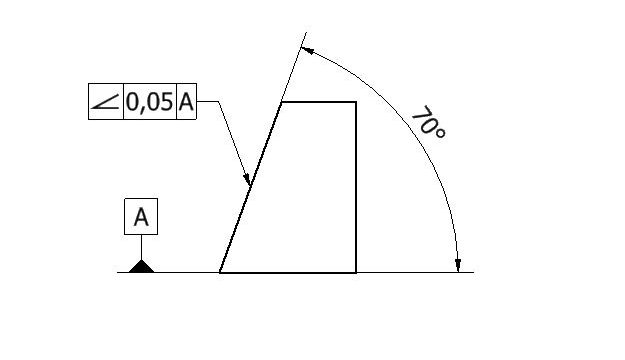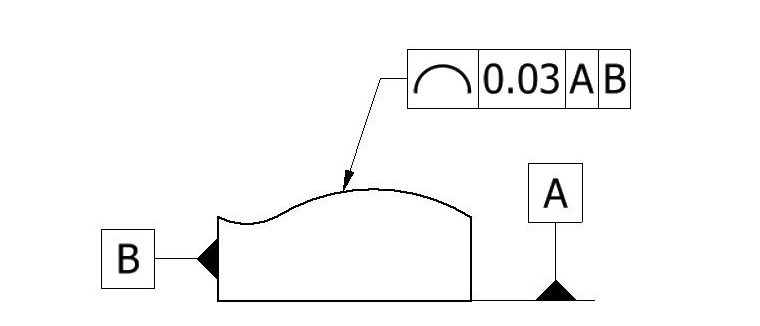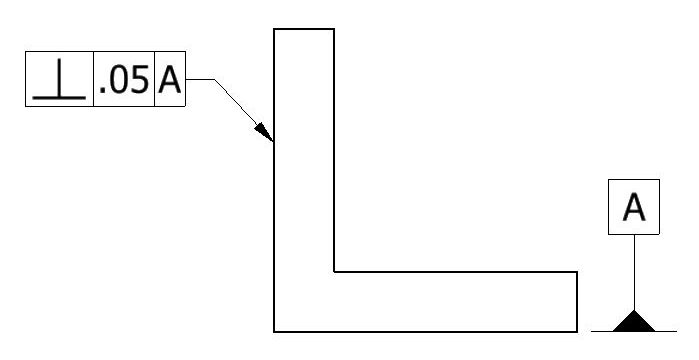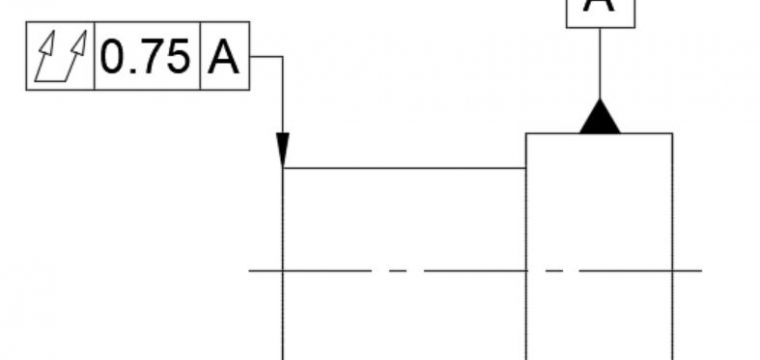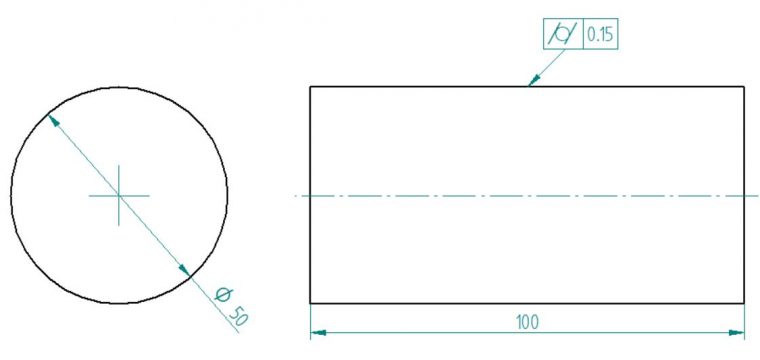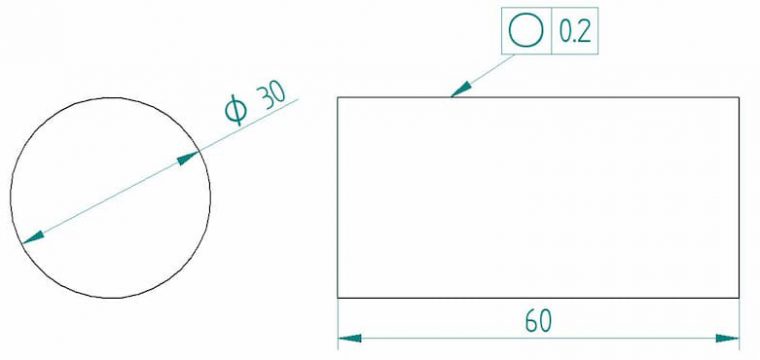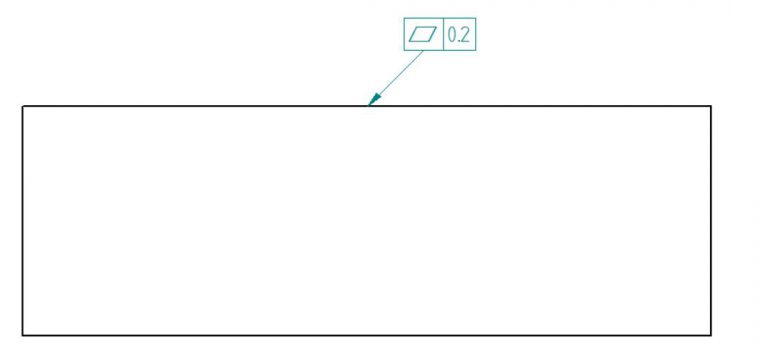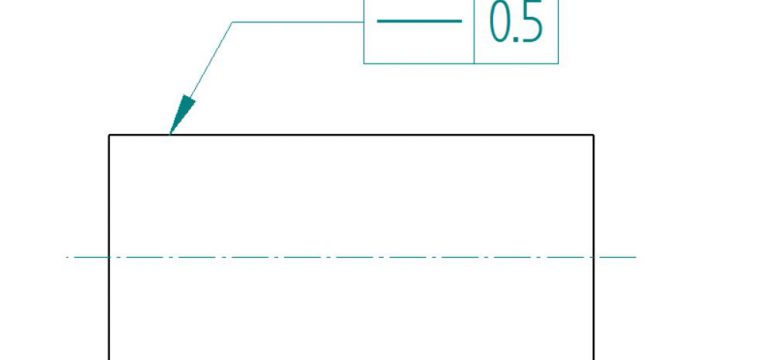Engineering Blog
Categories
- Tolerances
- CAD-CAM
- Machine Components
- Product Updates
- Project Management
- Learn from Engineers
- Fabrication Methods
- Engineering Materials
- Product design
- Company News
- Welding
- Procurement
- Casting
- Supply Chain
Posts
-

Angularity (GD&T) Explained
26.07.2022As defined per ASME Y14.5-2009, GD&T uses 14 geometric tolerances for specific control over various part features. These controls enable the fabrication of many machine parts with enviable accuracy. For […]
-

Profile of a Line (GD&T) Explained
21.06.2022GD&T lists fourteen different geometrical tolerances according to ASME Y14.5-2009. These tolerances allow us to control and define part features in different ways. For ease of understanding, these fourteen tolerances […]
-

Profile of a Surface (GD&T) Explained
10.05.2022GD&T consists of 14 geometrical tolerances that can be applied to any part feature to control them. These tolerances are described in detail in ASME Y14.5-2009. Many of these 14 […]
-

Parallelism (GD&T) Explained
25.03.2022ASME Y14.5-2009 divides tolerances in GD&T into 14 different types. Each tolerance controls the characteristics of features to guarantee near-perfect fabrication and assembly of machine components. These 14 tolerances are […]
-

Symmetry (GD&T) Explained
22.02.2022The 2009 edition of ASME Section Y14.5 defines 14 geometric tolerances in GD&T. The manufacturing industry uses these tolerances to convey manufacturing intent from the designers to the manufacturers. GD&T […]
-

Concentricity (GD&T) Explained
28.12.2021ASME Y14.5-2009 outlines 14 different types of geometric tolerances. Each of those tolerances specifies a type of control over various part features. For ease of understanding, these 14 types can […]
-

Perpendicularity (GD&T) Explained
16.11.2021There are 14 types of geometric tolerances in GD&T according to ASME Y14.5-2009. These 14 tolerances can be categorized into five main groups: form, profile, orientation, location and runout. Perpendicularity […]
-

Total Runout (GD&T) Explained
05.08.2021ASME Y14.5-2009 classifies fourteen different types of geometric tolerances. These fourteen tolerances can be sorted into five broad groups, where each group represents the type of control they exercise on […]
-

Cylindricity (GD&T) Explained
03.06.2021The GD&T standards in ASME Y14.5-2009 define fourteen types of geometric tolerances. These fourteen geometric tolerances are divided into 5 main types of geometric control. These are form, location, orientation, […]
-

Circularity (GD&T) Explained
19.04.2021The geometric dimensioning and tolerancing (GD&T) standards in ASME Y14.5-2018 define five main types of controls for various part features. These are form, location, orientation, profile and runout. The form […]
-

Flatness (GD&T) Explained
30.03.2021The fourteen types of geometric tolerances in GD&T are divided into 5 main types of control. These are form, location, orientation, profile, and runout. Form controls determine the shape of […]
-

Straightness (GD&T) Explained
18.03.2021ASME Y14.5 2009 GD&T Standards lists out 14 types of geometric tolerances. These 14 tolerances are bunched up into five different groups based on the type of control they offer. […]


